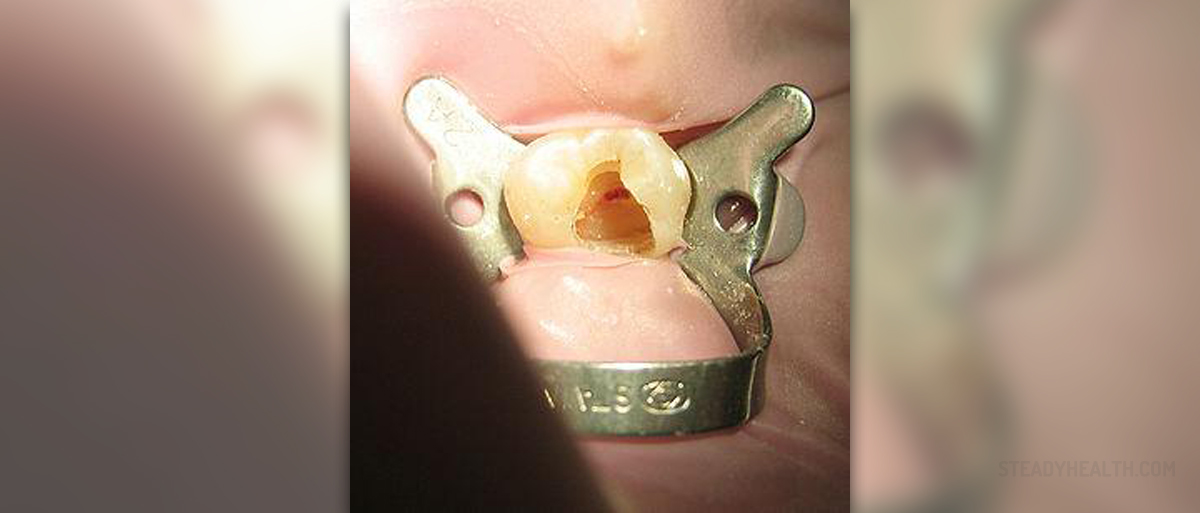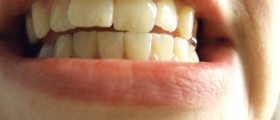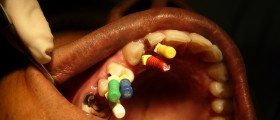
Root canal is a hollow space inside the tooth. It surrounds and protects the pulp, which comprises nerves and blood vessels of the tooth. This space can get infected and the condition is known as root canal infection. It usually develops as a consequence of cavity and, if left untreated, may even cause a loss of the affected tooth.
What are Dangers of Root Canal Infection?
Although root canal infection mostly results from tooth decay, it may also affect people who have had some kind of dental injury or are suffering from gum disease. The only thing necessary for the infection is an opening for bacteria which enter the canal and start multiplying.
The infection never remains localized. Instead, it may soon spread to surrounding tissues or even distant parts of the face and skull. Root canal infection easily affects the nearby bone, causes its destruction.
Clinical Characteristics of Root Canal Infection
People who actually develop this type of infection generally complain about the following problems.
First of all, they feel moderate to severe toothache (possible only if the tooth nerve is not damaged). Such pain intensifies while drinking hot/cold drinks or consuming hot/cold food. Pain also occurs while chewing or biting and in severe cases the tooth together with the surrounding tissues becomes tender to touch. There may also be mild swelling.
If one looks at the tooth, he/she will notice obvious discoloration.
Further progression affects the nearby bone and gum which may swell or pus collection forms a pimple-like structure on the gum. And finally, once the person ends up with a tooth abscess, he/she is likely to additionally suffer from fever and chills and severe pain in the affected area.Root Canal Infection - Treatment
Many people fear their dentists and the only thing they think about is pain that may be experienced once they sit on a dentist's chair. But, what they should take into consideration is how they can prevent extracting their tooth and how it can be treated best.
Root canal infection is most commonly treated with root canal procedure. The treatment requires one or several sessions, depending on the severity of infection.
The dentist will first take X-ray of the affected tooth and then opt for the right course of the treatment. The goal of the treatment is eradication of infection and preservation of the infected tooth.
There will be drilling but only in order to remove the existing or remnant decay. Unhealthy pulp is removed as well. The canal is cleaned and disinfected. Some people require medications which are inserted directly into the canal. The final touch includes filling and sealing of the tooth. The crown is made in such a way that it restores the most natural appearance of the tooth.
- www.nhs.uk/conditions/root-canal-treatment/
- www.nhs.uk/conditions/dental-abscess/
- Photo courtesy of DRosenbach by Wikimedia Commons: commons.wikimedia.org/wiki/File:Root_canalioso.jpg

















Your thoughts on this
Loading...